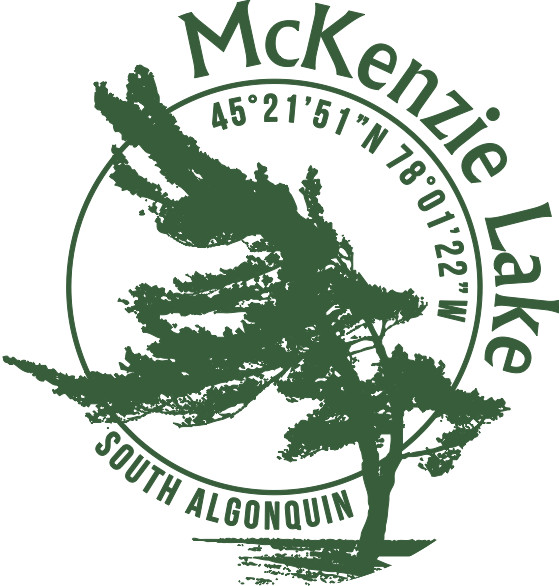Development Capacity
3.8.1 The development capacity of lakes in Ontario is typically determined via Lakeshore Capacity Assessment (Ministry of Environment 2010), while the MNRF threshold for MVWHDO of 7 mg/L is also considered for lakes that support Lake Trout populations such as McKenzie Lake. Lakeshore Capacity Assessment wasn’t completed as part of this scope of work while MVWHDO concentrations have fluctuated below and above the 7 mg/L threshold indicating that the determination of development capacity based on MVWHDO is uncertain. Official Plan policies 5.3.6 - 5.3.7 are, however, in place to determine development capacity and mitigate development-related impacts if policies are enforced:
"5.3.6 New lot creation is not permitted on “at capacity” lake trout lakes. However, Council may consider the creation of new lots in certain circumstances where it can be proven to the satisfaction of council, in consultation with the Province Ministry of the Environment and the Ministry of Natural Resources, through detailed environmental studies; that development shall result in no negative impact on the lake. The Province Ministry of the Environment and the Ministry of Natural Resources shall be consulted in situations where one or more of the following conditions exist:
- the severance is to separate existing habitable dwellings, each of which has a separate septic system, provided the land use would not change; or
- all new septic system tile fields are located such that they would drain into a drainage basin which is not at capacity; or
- all new tile fields are set back at least 300 meters from the shoreline of the lake or permanently flowing tributary to the lake; or
- the effluent pathway from a tile field would flow in a manner for a distance of at least 300 meters to the lake. This must be supported by a report prepared by a qualified professional that is a licensed member of the Professional Engineers of Ontario who is qualified to practice geoscience; or
- where a site-specific soils investigation prepared by a qualified professional demonstrates that phosphorus can be retained in deep, native, acidic soils on-site, to satisfaction of the Province
5.3.7 Lake trout lakes classified by the Province Ministry of the Environment and Ministry of Natural Resources as “not at capacity” can sustain additional development subject to the following criteria:
-
development, including the septic system tile bed, must be set back a minimum of 30 metres from the high water of the lake with non-disturbance of the native soils and vegetation;
-
modeling of the lake to determine whether it can accommodate additional development;
-
stormwater management via infiltration galleries, redirection of surface water runoff away from the lake;
-
large development proposals (i.e., greater than five lots or resort/condominium developments) must be supported with a study by a qualified consultant. This study is an impact assessment of a proposed development on a water body to ensure water quality protection. The study should take into consideration the existing water quality of the water body, surface water run-off, impact and loadings of phosphorous from septic systems, type of soils, stormwater management and nature of vegetation.
The classification of lakes in the Official Plan is subject to change and may change in the future based on factors such as an assessment of new water quality data and/or changes in water quality standards. Therefore, the possibility exists that a lake trout lake that is classified in the Official Plan as “not at capacity” or “at capacity” at a certain point in time may change during the life of the Official Plan. Any changes to the classification of lakes will require an Official Plan Amendment."
v1.0

